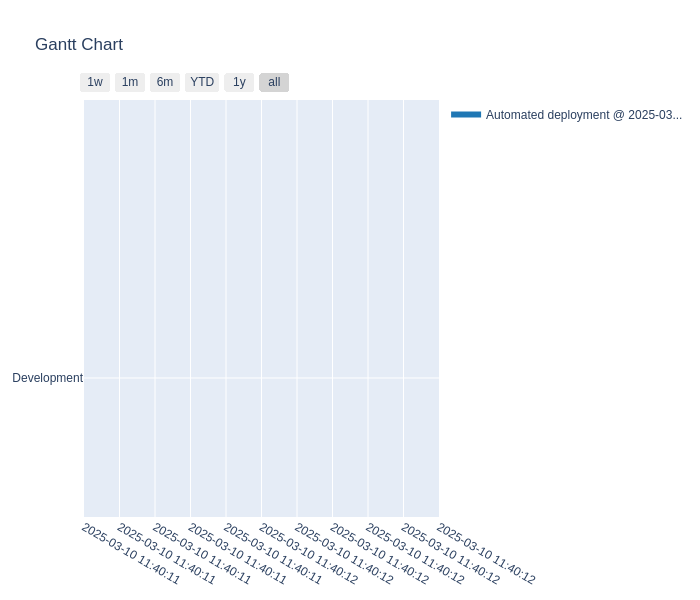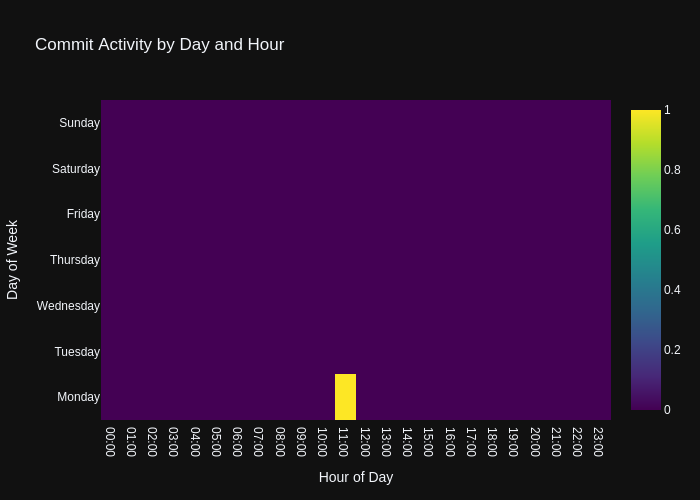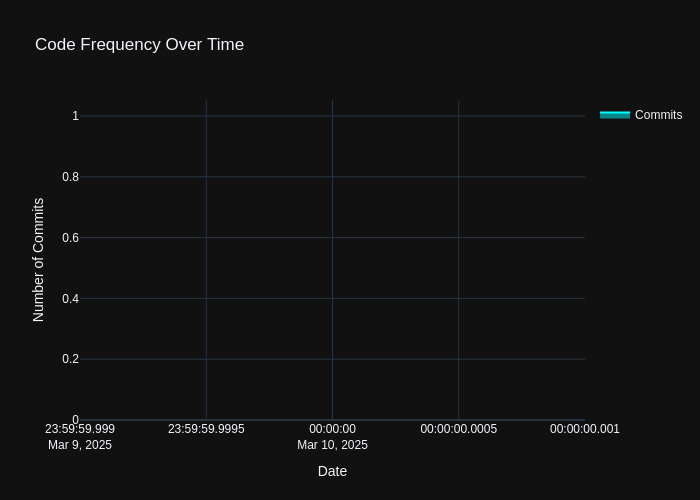Building Brain-Train-Apps: A Developer's Journey into Mindful Tech
Project Genesis
From Idea to Implementation
Brain Train Apps: From Concept to Code
1. Initial Research and Planning
2. Technical Decisions and Their Rationale
3. Alternative Approaches Considered
4. Key Insights That Shaped the Project
Under the Hood
Technical Deep-Dive: brain-train-apps
1. Architecture Decisions
brain-train-apps project is designed to be modular and scalable, allowing for easy integration of new features and components. The application follows a microservices architecture, which separates different functionalities into distinct services that communicate over a network. This approach provides several benefits:- Scalability: Each service can be scaled independently based on demand.
- Maintainability: Smaller codebases are easier to manage and update.
- Technology Agnosticism: Different services can be built using different technologies best suited for their specific tasks.
Example Architecture Diagram
+-------------------+ +-------------------+
| User Interface | <--> | API Gateway |
+-------------------+ +-------------------+
|
|
+-------------------+ +-------------------+
| Auth Service | | Game Service |
+-------------------+ +-------------------+
|
|
+-------------------+ +-------------------+
| Data Service | | Notification |
+-------------------+ +-------------------+2. Key Technologies Used
brain-train-apps project leverages a variety of technologies to build a robust and efficient application:- Frontend: React.js is used for building the user interface, providing a dynamic and responsive experience.
- Backend: Node.js with Express is utilized for the API services, allowing for fast and scalable server-side logic.
- Database: MongoDB is chosen for its flexibility and scalability, particularly for handling unstructured data.
- Authentication: JSON Web Tokens (JWT) are used for secure user authentication and authorization.
- Containerization: Docker is employed to containerize the application, ensuring consistency across different environments.
Example Code Snippet (Express API)
const express = require('express');
const jwt = require('jsonwebtoken');
const app = express();
app.post('/login', (req, res) => {
const user = { id: 1 }; // Example user
const token = jwt.sign({ user }, 'secret_key');
res.json({ token });
});3. Interesting Implementation Details
brain-train-apps implementation is the use of a real-time communication protocol for multiplayer game features. WebSockets are integrated to allow players to interact in real-time, enhancing the gaming experience.Example Code Snippet (WebSocket Implementation)
const WebSocket = require('ws');
const server = new WebSocket.Server({ port: 8080 });
server.on('connection', (socket) => {
socket.on('message', (message) => {
console.log(`Received: ${message}`);
// Broadcast to all connected clients
server.clients.forEach((client) => {
if (client.readyState === WebSocket.OPEN) {
client.send(message);
}
});
});
});4. Technical Challenges Overcome
brain-train-apps, several technical challenges were encountered and successfully addressed:-
Real-time Data Synchronization: Ensuring that all players see the same game state in real-time was a significant challenge. This was overcome by implementing a robust WebSocket server that handles message broadcasting efficiently.
-
Scalability of the Database: As the user base grew, the MongoDB database faced performance issues. To address this, indexing strategies were implemented to optimize query performance, and sharding was considered for horizontal scaling.
-
User Authentication: Implementing secure user authentication while maintaining a smooth user experience was crucial. The team opted for JWT, which allows for stateless authentication and reduces server load.
Example Code Snippet (MongoDB Indexing)
db.users.createIndex({ email: 1 }, { unique: true });brain-train-apps project showcases a well-thought-out architecture, the use of modern technologies, and innovative solutions to common challenges in application development. The modular design and real-time capabilities make it a compelling example of contemporary software engineering practices.Lessons from the Trenches
1. Key Technical Lessons Learned
-
Modular Architecture: We learned the importance of designing a modular architecture from the start. This allowed us to easily update or replace components without affecting the entire application. For instance, separating the user interface from the backend logic facilitated easier testing and maintenance.
-
Data Management: Implementing a robust data management strategy was crucial. We initially faced challenges with data consistency and integrity, which led us to adopt a more structured approach using a centralized database with clear schemas.
-
User Feedback Integration: Regularly integrating user feedback into the development cycle helped us prioritize features that truly mattered to our users. We learned to use tools like surveys and user testing sessions effectively.
2. What Worked Well
-
Agile Development Process: Adopting an Agile methodology allowed us to iterate quickly and respond to changes in user needs. Regular sprints and stand-up meetings kept the team aligned and focused.
-
Cross-Functional Team Collaboration: Having a diverse team with members from different backgrounds (design, development, marketing) fostered creativity and innovation. This collaboration led to unique solutions that enhanced the user experience.
-
Effective Use of Technology: Leveraging modern frameworks and libraries (e.g., React for frontend, Node.js for backend) significantly sped up our development process and improved performance. The choice of technology stack was instrumental in achieving our goals.
3. What You’d Do Differently
-
More Comprehensive Testing: While we did implement testing, we realized too late that a more comprehensive approach, including automated testing and continuous integration, would have saved us time and reduced bugs in production.
-
Documentation: We underestimated the importance of thorough documentation. In hindsight, better documentation of our code and processes would have made onboarding new team members easier and improved overall project continuity.
-
User Onboarding: We could have invested more time in creating a seamless onboarding experience for new users. Initial user engagement metrics showed that many users dropped off during the onboarding process, indicating that we needed clearer guidance and support.
4. Advice for Others
-
Start with a Clear Vision: Before diving into development, ensure that you have a clear vision and goals for your project. This will guide your decisions and help keep the team aligned.
-
Prioritize User Experience: Always keep the end-user in mind. Regularly gather feedback and be willing to pivot based on user needs. A product that meets user expectations will have a higher chance of success.
-
Invest in Team Communication: Foster an environment of open communication within your team. Use tools like Slack or Trello to keep everyone informed and engaged. Regular check-ins can help identify issues early.
-
Plan for Scalability: From the outset, consider how your application will scale. Design your architecture and choose technologies that can handle growth without requiring a complete overhaul later.
What’s Next?
Conclusion
Project Development Analytics
timeline gant

Commit Activity Heatmap
Contributor Network

Commit Activity Patterns

Code Frequency

- Repository URL: https://github.com/wanghaisheng/brain-train-apps
- Stars: 0
- Forks: 0
编辑整理: Heisenberg 更新日期:2025 年 3 月 17 日